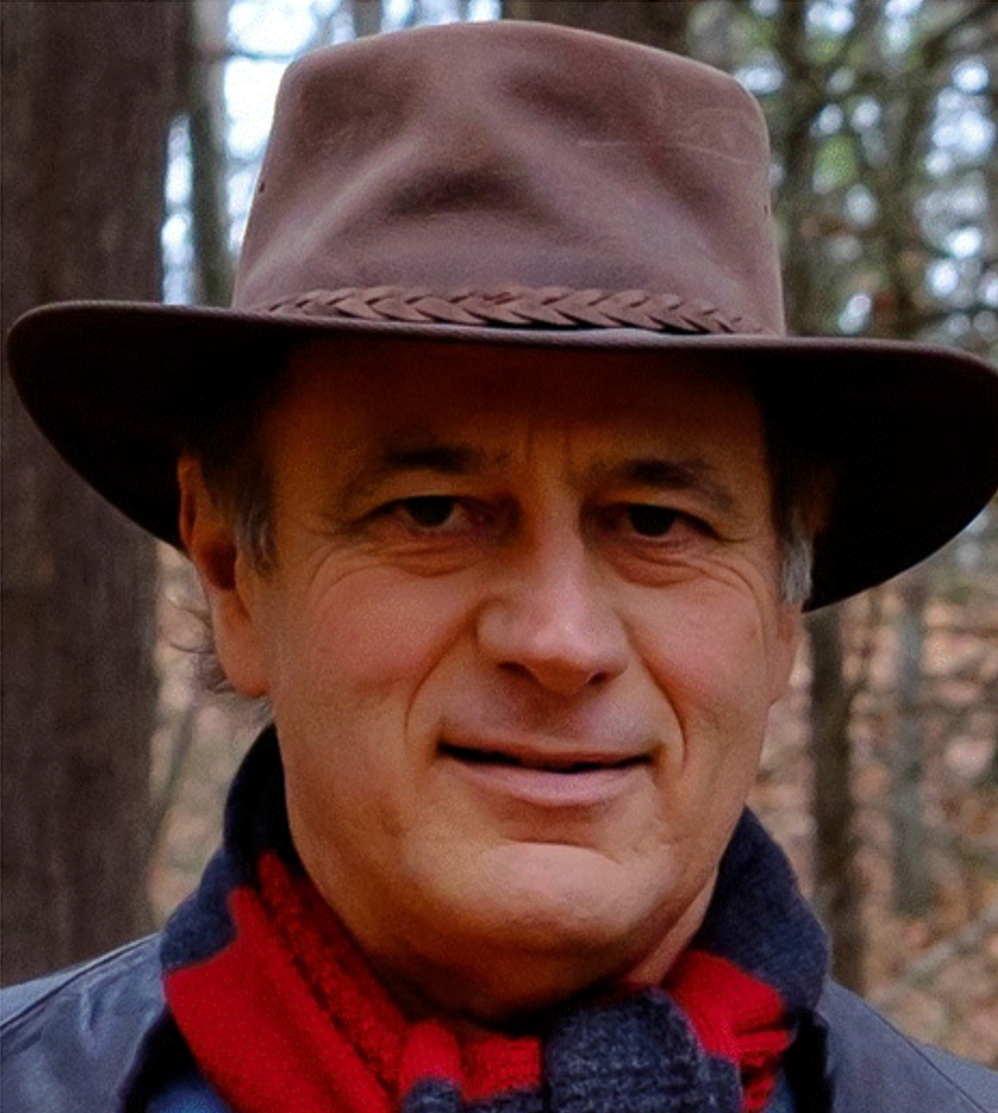
- This event has passed.
PICS Colloquium: Motion-based rules and solitary waves: ameloblasts and birds with Brian Cox
September 20, 2024 @ 2:00 PM – 3:00 PM

Speaker: Brian Cox earned his Ph. D. in theoretical physics at Monash University in Australia, based on computational solutions to the relativistic Hartree-Fock equation, comprising 1200 lines of code on punch-cards, stored in a cardboard box. His other research interests include: magnetism (Oxford); quantum chemistry (NASA Langley); fracture mechanics, fatigue, crack bridging, textile composites (Rockwell/Teledyne); motion-based rules in emergent behavior (avocation since c.2005).
Abstract: Information is usually expected to propagate across a population of active agents such as living cells or birds in a diffusive manner. Yet waviness in the microstructure of dental enamel implies coherent wave motion among the generative ameloblast cells over exceptionally long periods, from a week in the mouse to months in the human; and trajectory data for starling flocks show solitary wave disturbances that propagate in much shorter times but with constant speed and amplitude across the entire flock. Necessary conditions for coherent wave behavior include persistent network invariance, i.e., neighbor sets not changing too quickly, and some form of non-mass inertia.
In a top-down strategy, a wave equation is conjectured for 2D sheets of ameloblasts with a single unknown parameter supplying rate inertia. Optimizing only , the wave equation can predict the observed cross-sectional shape of the enamel body in the mouse incisor. Nonlinearity in the wave equation gives rise to solitary waves, which also predict the time of a key transformation in ameloblast behavior. Most interestingly for modeling biological development, solitary waves coupled explicitly to shape or motility transformations in cells have characteristics determined internally and independent of remote conditions. Complex pattern formation, e.g., segmentation, can be derived from coupled systems of transformations, using rules based only on displacements and their derivatives.
Here is a Zoom link for those who cannot join in person!
